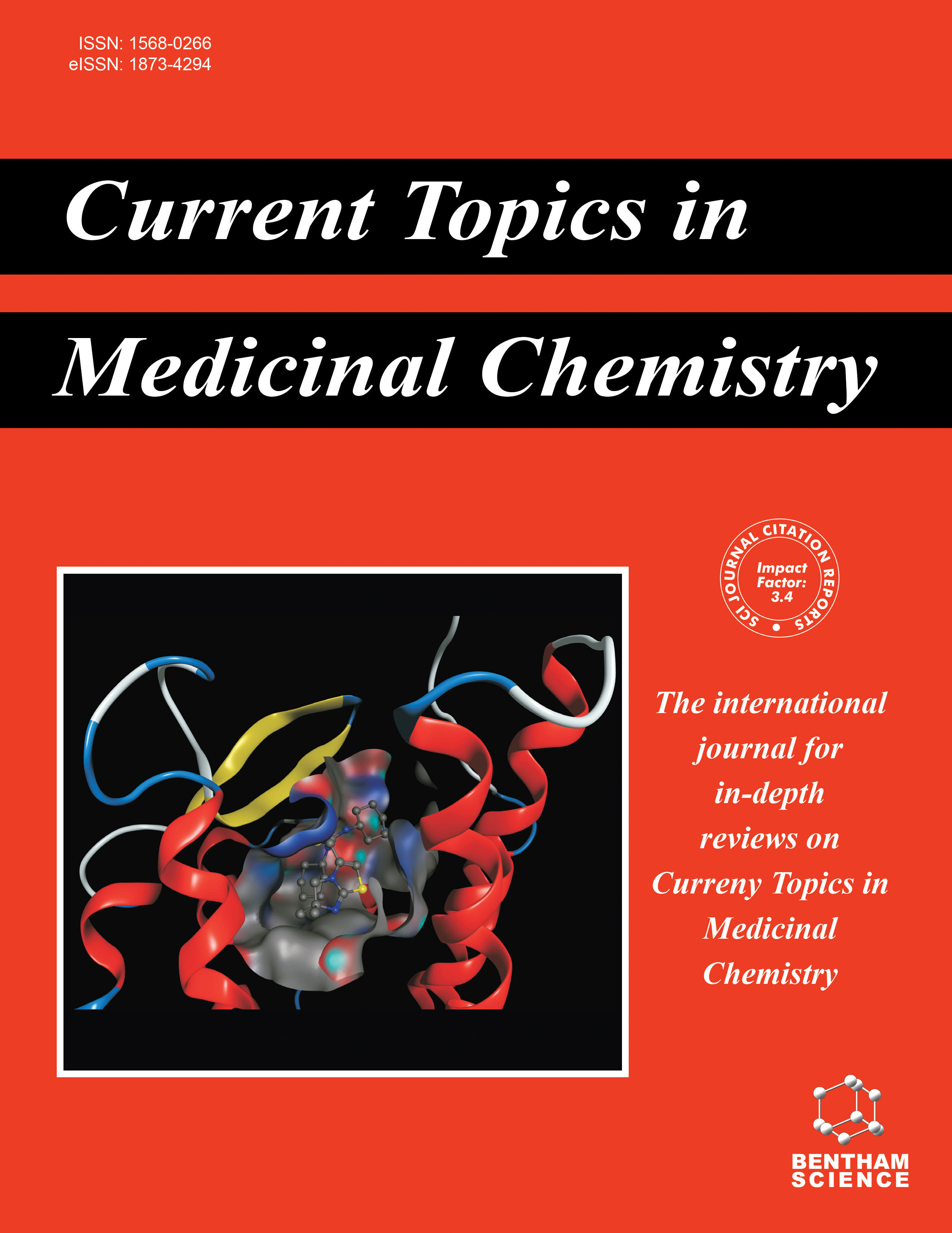
Full text loading...
We use cookies to track usage and preferences.I Understand
Acute respiratory distress syndrome in the elderly with COVID-19 complicated by airway obstruction with sputum and mucus, and cases of asphyxia with blood, serous fluid, pus, or meconium in newborns and people of different ages can sometimes cause hypoxemia and death from hypoxic damage to brain cells, because the medical standard does not include intrapulmonary injections of oxygen-producing solutions. The physical-chemical repurposing of hydrogen peroxide from an antiseptic to an oxygen-producing antihypoxant offers hope for the development of new drugs.
This manuscript is a meta-analysis performed according to PRISMA guidelines.
It is shown that replacement of the traditional acidic activity of hydrogen peroxide solutions by alkaline activity with pH 8.4 and heating the solutions to the temperature of +37 - +42 ℃ allows to repurpose hydrogen peroxide from antiseptics into inhalation and intrapulmonary mucolytics, pyolytics and antihypoxants releasing oxygen. The fact is that warm alkaline hydrogen peroxide solution (WAHPS) in local interaction with sputum, mucus, pus, blood and meconium provides optimal conditions for the metabolism of hydrogen peroxide to oxygen gas under the action of the enzyme catalase, always present in these tissues. It was established that WAHPS liquefies these biological masses due to alkaline saponification of lipid and protein-lipid complexes and simultaneously transforms dense masses into soft oxygen foam due to active enzymatic metabolism of hydrogen peroxide to oxygen gas, the rapidly appearing bubbles of which are formed by the type of “cold boiling” and literally explode these masses. The results of the first experiments showed that inhalation and intrapulmonary injections of WAHPS can significantly optimize the treatment of suffocation and hypoxemia.
The results showed that catalase, which is found in sputum, mucus, pus, and blood, may be a target for localized WAHPS because this enzyme provides an intensive metabolism of hydrogen peroxide to oxygen gas up to the formation of the cold boiling process.
These data provide a new perspective way for intrapulmonary drugs and new technologies for the emergency increase of blood oxygenation through the lungs in asphyxia with thick sputum, mucus, pus, meconium and blood.

Article metrics loading...

Full text loading...
References


Data & Media loading...
Supplements

